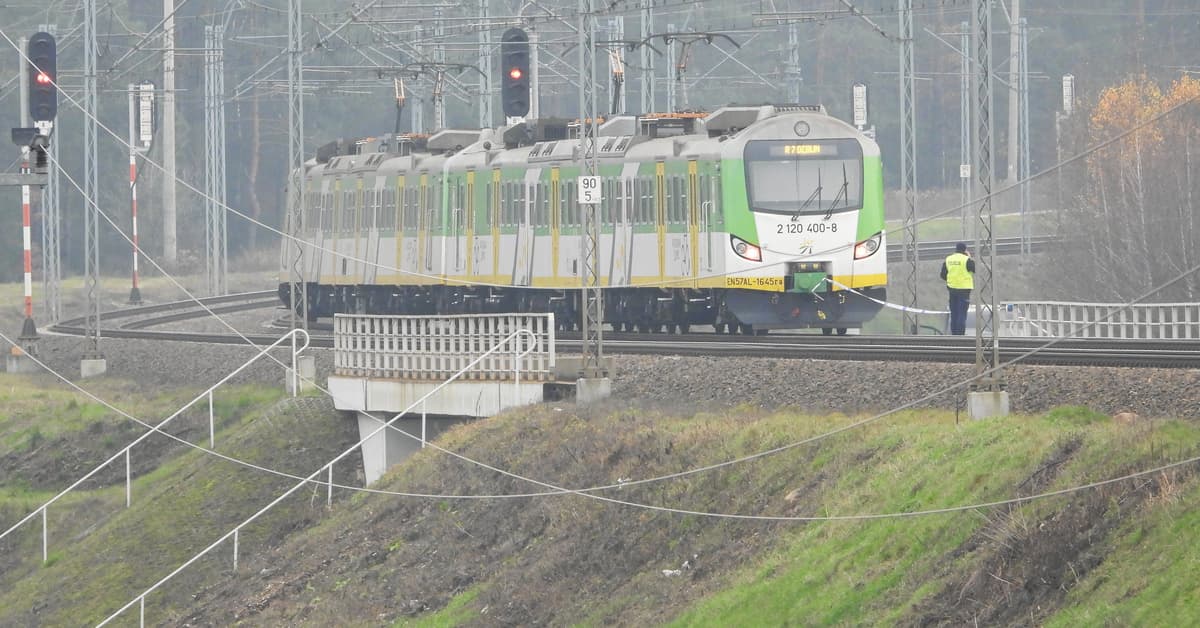
Flying across time zones shouldn’t feel like participating in an extreme sleep deprivation experiment, yet many travellers arrive at their destinations looking like they’ve wrestled with turbulence all night, which, let’s face it, they probably have!
Seasoned travellers have cracked the code to achieving restful slumber while soaring through the skies at 30,000ft, transforming red-eye flights from endurance tests into opportunities for quality rest.
 Photo: Delta News Hub (2006)
Photo: Delta News Hub (2006)1. Avoid Coffee and Hydrate
The foundation of successful in-flight rest begins hours before boarding. You should eliminate coffee consumption several hours prior to departure, as the stimulating effects can persist long into the flight. If you are considering sleep aids or supplements, consult healthcare professionals beforehand, ensuring safety at altitude.
Additionally, avoiding foods and alcohol that typically disrupt normal sleep patterns proves crucial for maintaining rest quality during travel. Staying properly hydrated throughout the journey supports overall comfort and sleep readiness.
 Photo- Evan Didier | Flickr
Photo- Evan Didier | Flickr2. Comfort Clothes
While there is a temptation to dress impressively for travel, comfort should take precedence for long-haul flights. Selecting breathable, loose-fitting clothing allows for better circulation and movement during extended sitting periods.
Layering becomes essential since aircraft temperatures fluctuate dramatically between tropical heat and arctic conditions. A versatile cardigan or light sweater provides temperature control options, enabling you to adjust your comfort level throughout the journey.
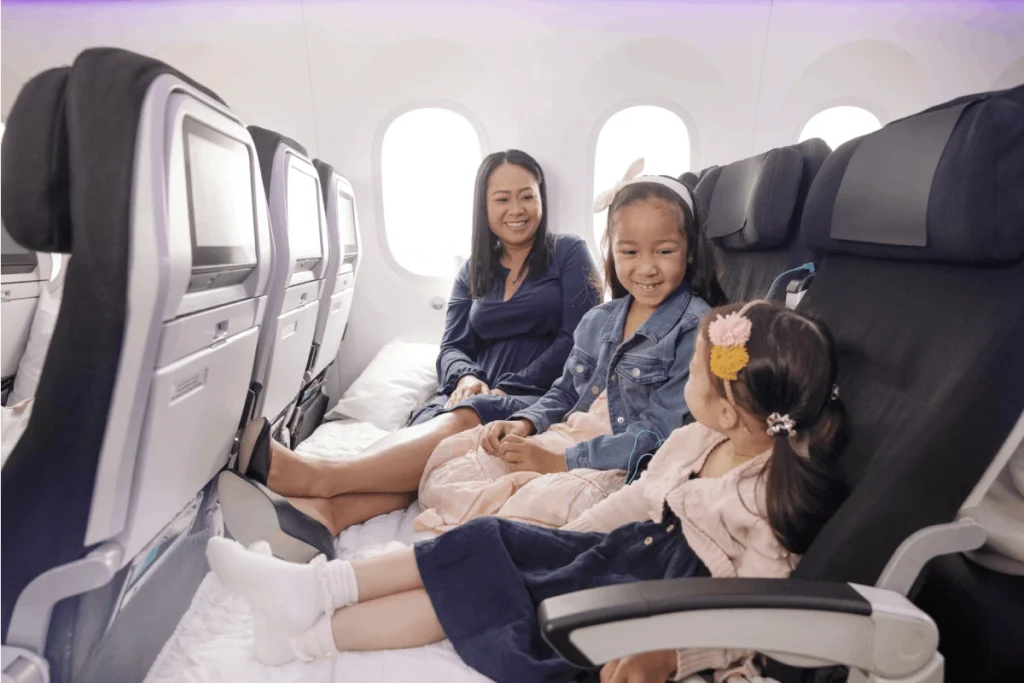 Photo- Air New Zealand
Photo- Air New Zealand3. Invest in Quality Sleep Accessories
Essential sleep accessories transform cramped aeroplane seats into more bearable resting spaces. A high-quality eye mask blocks disruptive cabin lighting and fellow passengers’ reading lights, creating artificial darkness conducive to sleep.
Neck pillows provide crucial head and cervical support, with various innovative designs available beyond traditional horseshoe shapes. Noise-cancelling headphones prove invaluable for blocking engine noise, conversations, and other cabin disturbances that interrupt rest.
 Photo- Delta News Hub
Photo- Delta News Hub4. Consider Premium Seating Options
While first-class lie-flat seats offer optimal sleeping conditions, budget-conscious travellers can still achieve comfort through strategic upgrades. Premium economy provides additional legroom, enhanced recline capabilities, and often wider seats without the premium price tag of business class. These modest upgrades significantly improve sleep quality by providing extra space for positioning and movement during rest periods.
5. Select Strategic Seating Locations
Economy class passengers must choose seats thoughtfully to maximise sleep. Window seats provide wall support for leaning and eliminate aisle traffic disturbances, though some travellers prefer aisle access for bathroom visits.
Seats positioned away from galleys and restrooms reduce foot traffic and service-related noise. Bulkhead seating prevents forward passengers from reclining into personal space, though proximity to high-traffic areas may offset this advantage.
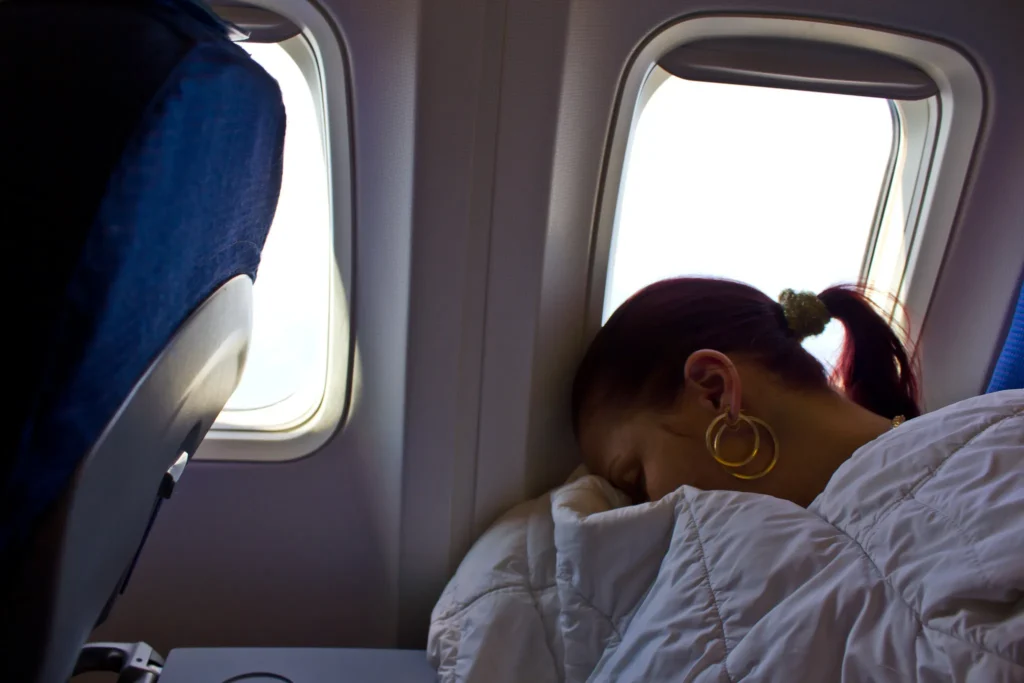 Photo- Woutt | Flickr
Photo- Woutt | Flickr6. Flight Timing
Flight timing significantly impacts sleep duration, particularly for long-haul international travel. Rather than drastically adjusting sleep schedules days in advance, you should select departure times that align with your natural bedtime preferences.
For example, choosing an 11 p.m. departure over a 7 p.m. flight allows you to maintain closer alignment with your typical sleep initiation timing, facilitating easier rest onset during the journey.
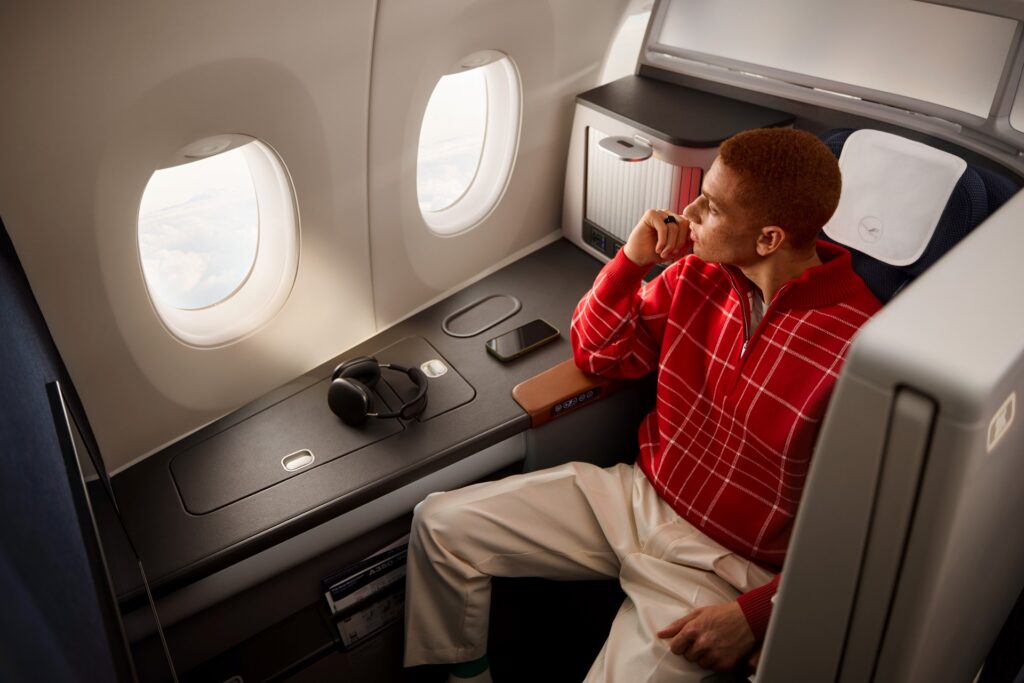 Photo: Lufthansa
Photo: Lufthansa7. Secure Seatbelts Over Blankets
A simple yet effective strategy involves fastening seatbelts over blankets rather than underneath. This visible security measure signals to flight attendants that you are properly secured, preventing unnecessary wake-up calls during turbulence checks.
This small detail can mean the difference between uninterrupted rest and multiple sleep disruptions throughout the flight.
8. Maintain Personal Pre-Sleep Rituals
Consistency in pre-sleep routines helps signal the body that rest time approaches, even in unfamiliar aircraft environments. Whether involving brief meditation, gentle stretching, or skincare routines, maintaining familiar practices supports natural sleep onset.
Limiting blue light exposure from entertainment screens and electronic devices in the hour before intended sleep further supports the body’s circadian rhythm preparation for rest.

9. Choose Direct Routes
Direct flights provide uninterrupted sleep opportunities that connecting flights cannot match. While two shorter flights might seem manageable, the disruption of deplaning, navigating airports, and re-boarding significantly fragments rest periods.
Single long-haul flights allow you to settle into sustained sleep cycles, resulting in more restorative rest and reduced jet lag upon arrival.
10. Maintain Proper Leg Positioning
Extended periods of crossed legs restrict blood circulation and increase discomfort, ultimately disrupting sleep quality. You should extend your legs straight forward with slight knee bends, promoting healthy blood flow throughout long flights.
Those with longer legs should avoid storing large personal items under seats if space limitations prevent proper leg extension, prioritising circulation over storage convenience.
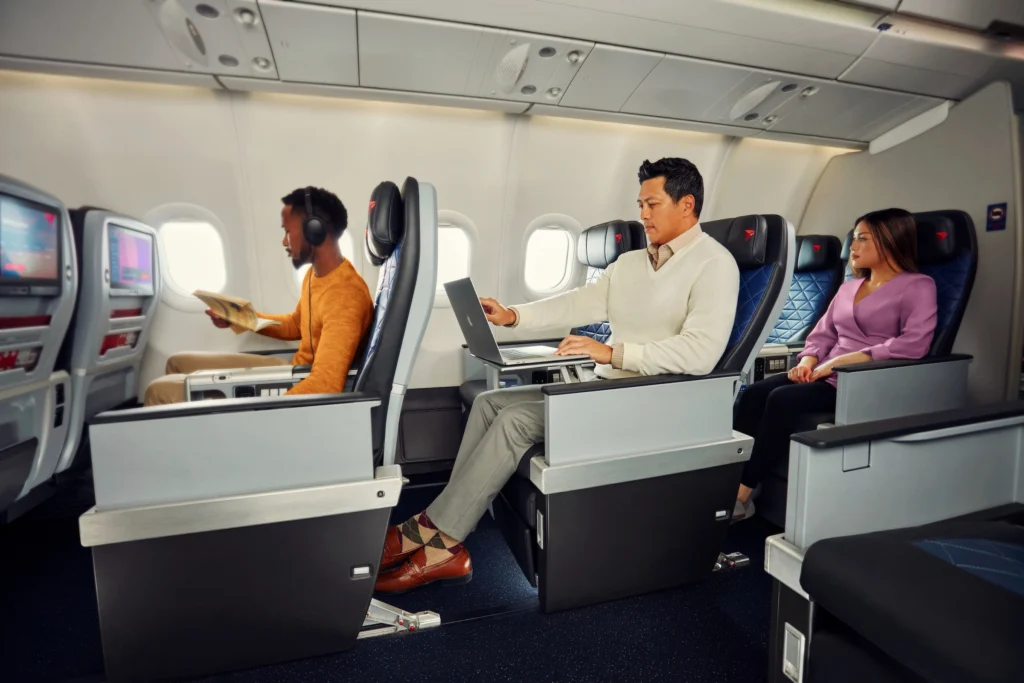 Photo: Delta Air Lines
Photo: Delta Air Lines11. Embrace Relaxation Techniques
The final and perhaps most crucial element involves mental relaxation and realistic expectations. Not every passenger will achieve deep sleep on an aircraft, but rest and relaxation still provide significant benefits for arrival comfort and jet lag reduction.
Focusing on breathing techniques, progressive muscle relaxation, or simply closing eyes and resting can prove nearly as refreshing as actual sleep for some travellers.
Bottom Line
Mastering airplane sleep transforms travel from an endurance challenge into a more civilised experience, though it requires more strategy than simply closing one’s eyes and hoping for the best. These 11 techniques provide a comprehensive approach to in-flight rest that doesn’t require a trust fund or frequent flyer status to implement effectively.
While you might not wake up feeling like you’ve spent the night in a luxury hotel, you’ll certainly arrive more refreshed than the passenger who spent 8 hours fighting their tray table and questioning their life choices. Sweet dreams at cruising altitude—your destination awaits a well-rested you!
Stay tuned with us. Further, follow us on social media for the latest updates.
Join us on Telegram Group for the Latest Aviation Updates. Subsequently, follow us on Google News
Unsettling Truth About Airplane Blankets: What Flight Attendants Won’t Tell You
The post Your Ultimate Guide to Sleeping Better at 30,000 Feet appeared first on Aviation A2Z.








